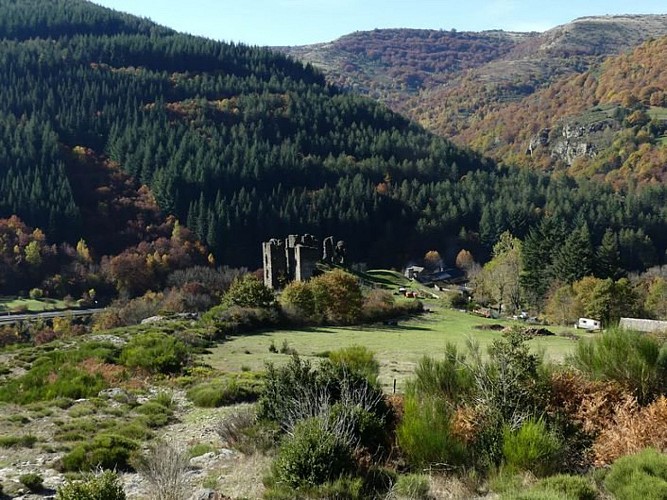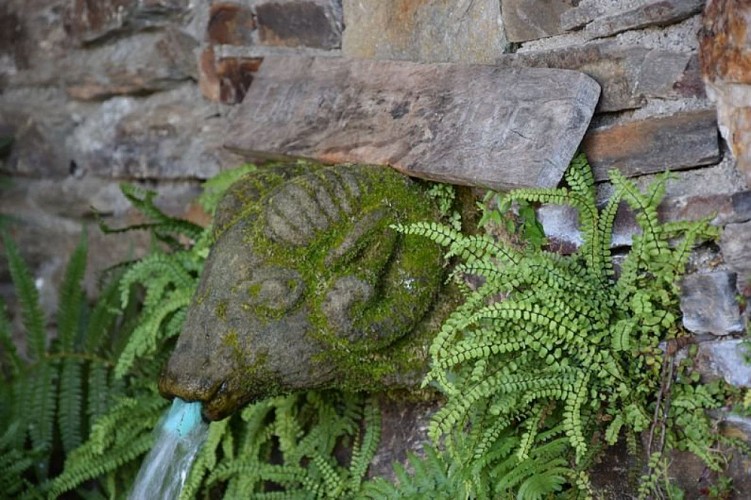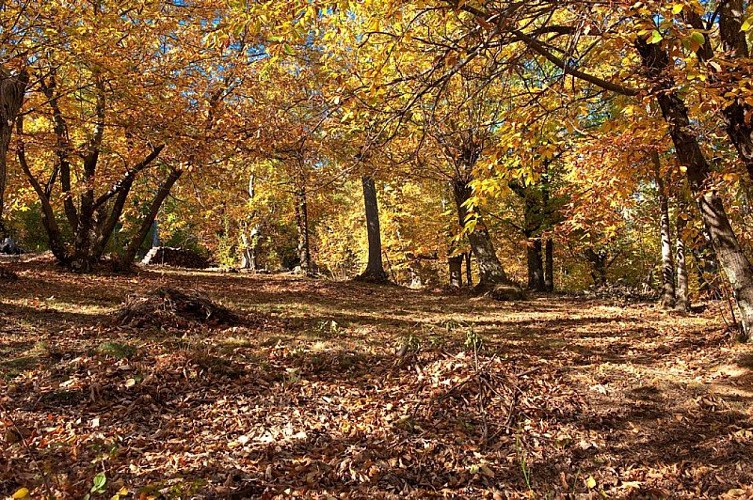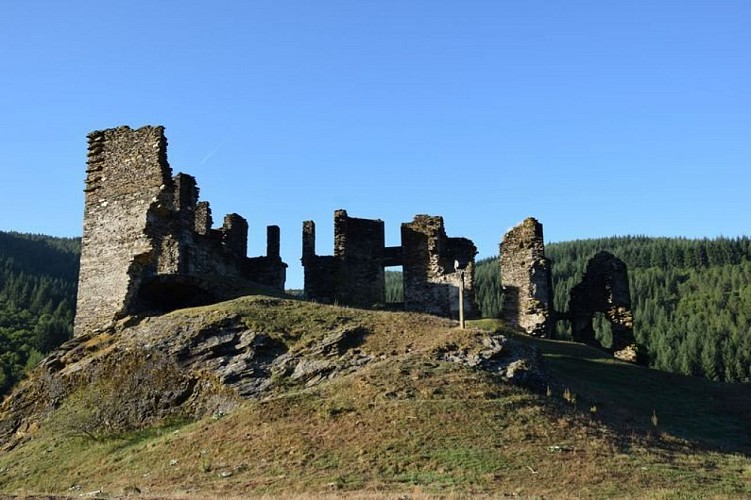Alert
Alerts
The Moulin de Bougès


IGN cards








Description
This is a journey back through time, past the ruins of the Château de Saint-Julien-d'Arpaon, the two menhirs lying nearby, and the disused railway track...
From the carpark below the temple (Protestant church), take the path uphill towards the temple, then follow the road to the top of the village. Take the path that runs alongside the Château and go uphill for about 700 m until you reach a lane. Cross it, fork left and go uphill through the heather to the highest point, which is on the western side. Follow the ridge eastwards to the Col de l'Agulharon. Then fork left. Take the lane to Bougès hamlet. As you leave the hamlet, take a downhill path, then a path on the left that runs across the slope, before returning downhill in many hairpin bends to the railway track. Turn right on this track to get back to Saint-Julien-d'Arpaon.
Technical Information
Altimetric profile
Starting point
Points of interest
Additional information
Departure
Saint-Julien-d'Arpaon
Arrival
Saint-Julien-d'Arpaon
Ambiance
After a beautiful climb onto the ridges of the Serre de Rébiouse, hikers are rewarded with a superb view onto the heather slopes of the Bougès massif. Then the path zigzags back downhill into the chestnut grove with its many clèdes (buildings for drying chestnuts) and terraced cropland.
Access
From Florac on the N 106 towards the Col de Jalcreste
Advised parking
Below Saint-Julien-d'Arpaon temple
Advice
Make sure your equipment is appropriate for the day's weather conditions. Remember that the weather changes quickly in the mountains. Take enough water, wear good shoes and put on a hat. Please close all gates and barriers after yourself.
Is in the midst of the park
The national park is an unrestricted natural area but subjected to regulations which must be known by all visitors.
Data author






